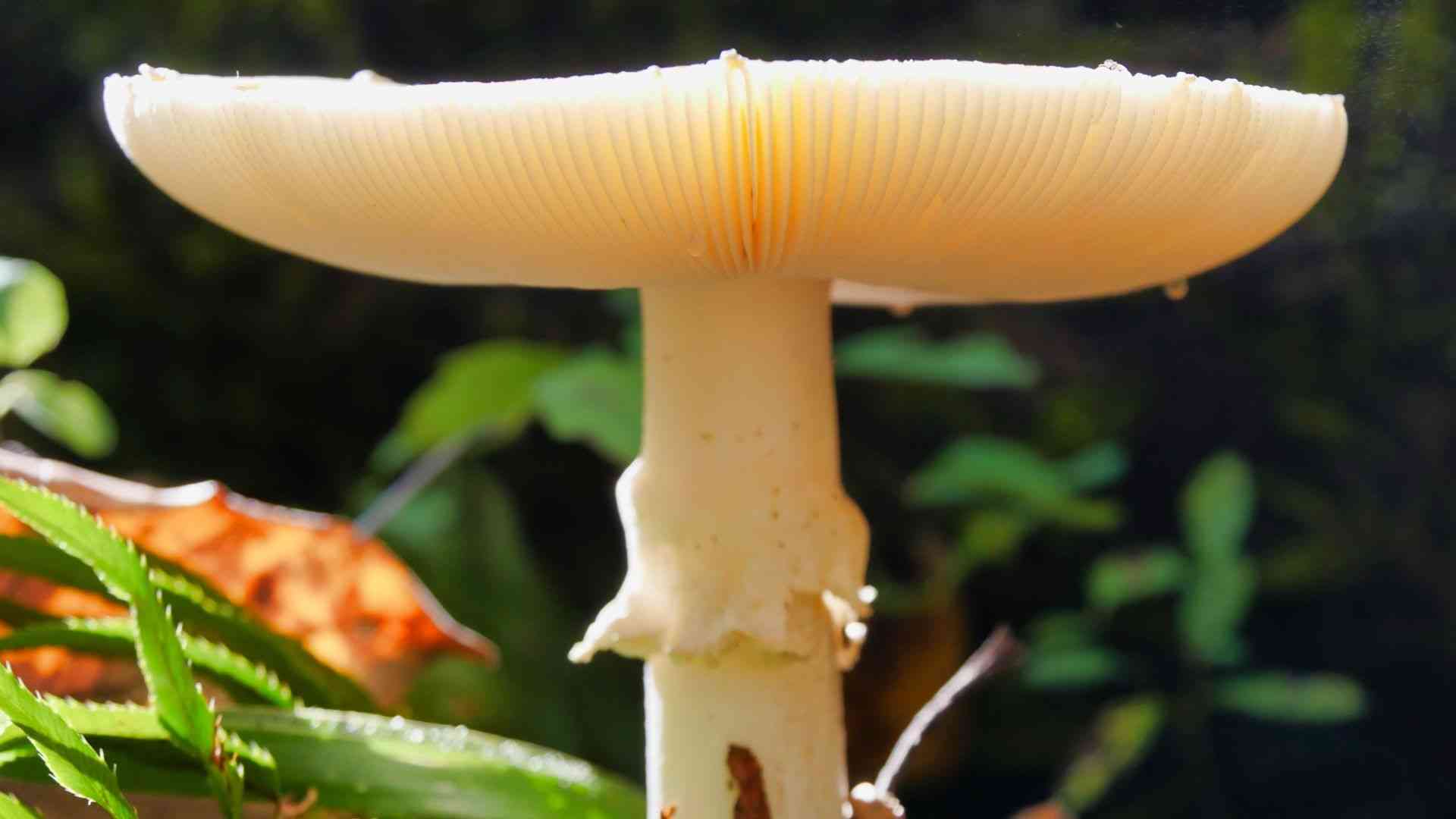Fungi (singular: fungus) are heterotrophic eukaryotic organisms. They can be both unicellular and multicellular. Fungi colonies can be very simple or very complex in design, depending on the species. The branch of biology that is concerned with the study of fungi is called Mycology.
In the early days, biologists listed fungi in the plant kingdom since they have rigid cell walls and grows from soil. But, with more and more revealing studies, it became clear that fungi are, in fact, a unique life form. So now, they are listed in a new kingdom dedicated to fungi. The kingdom “Fungi” consists of 7 phyla. Glomeromycota, Chytridiomycota, Microsporidia, Neocallimastigomycota, Blastocladiomycota, Ascomycota, and Basidiomycota (the subkingdom Dikarya contains the latter two combined).
It is estimated that the kingdom fungi consist of 1.5 million species, according to ScienceDirect. Of them, around 60,000 has been described. Even though most fungi are terrestrial, very few marine species also exist in nature.
Cellular Structure and Growth:
Fungi exhibit two distinct morphological states, vegetative and reproductive. Some fungi are multicellular organisms while others are single-celled. Whenever we think of fungi, usually the fruit body of an Agaricus comes into our mind.
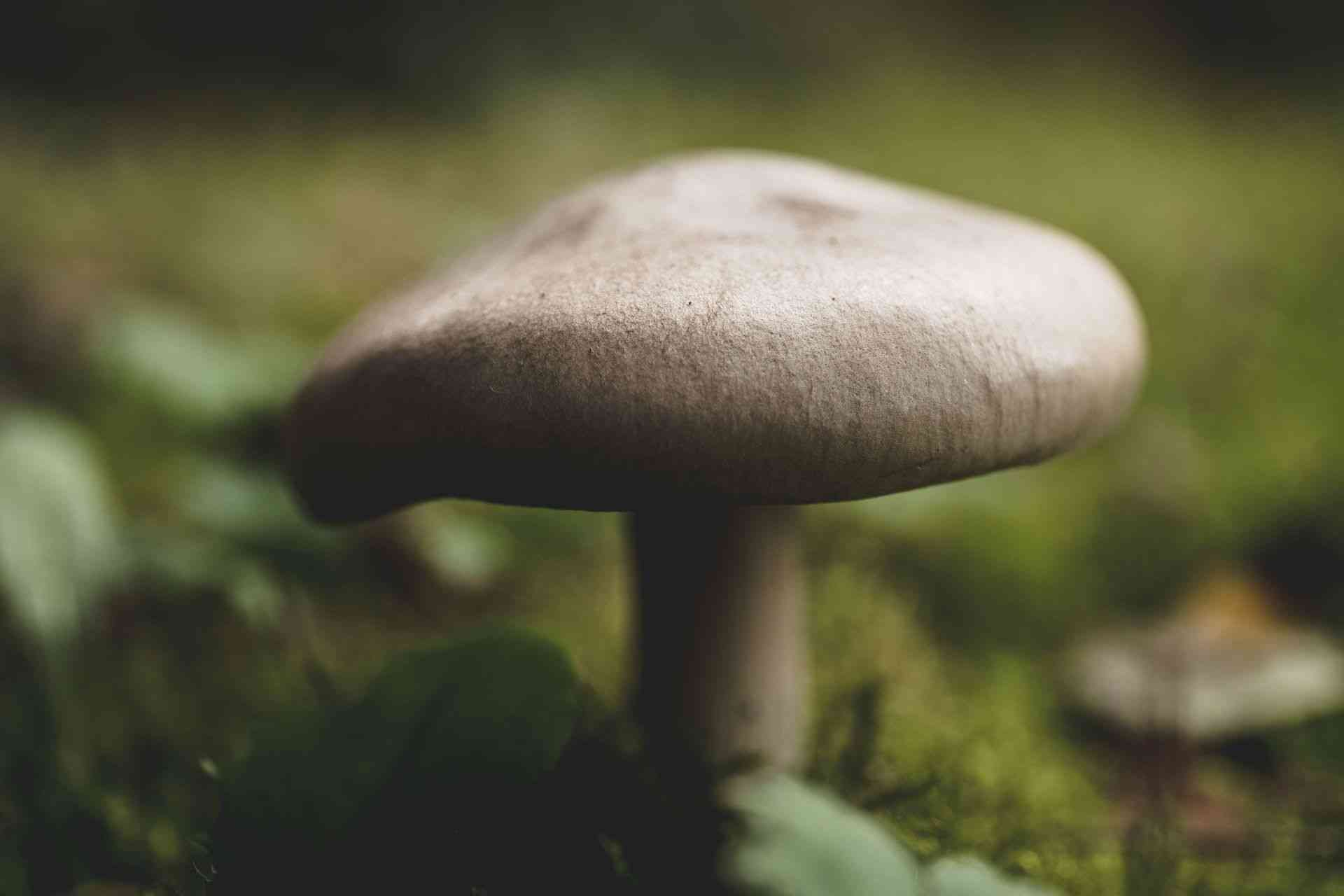
That’s just the reproductive state of a fungus and not the whole picture. The main body of fungi or the vegetative state is called hyphae (singular: hypha), which are usually 2-10 micrometers in size and stays underground. The hyphae are filamentous, cylindrical in shape and are often branched. It can be a few centimeters long. Individual fungus usually contains a vast number of hyphae. Hyphae filaments are made up of tube-like cells. Each cell is connected end to end. The end-wall is known as “septa.”
In most cases, septa contain small pores. Through the small orifice, nutrients and cellular components such as cytoplasm can move in between the cells. This is known as “cytoplasmic streaming.”
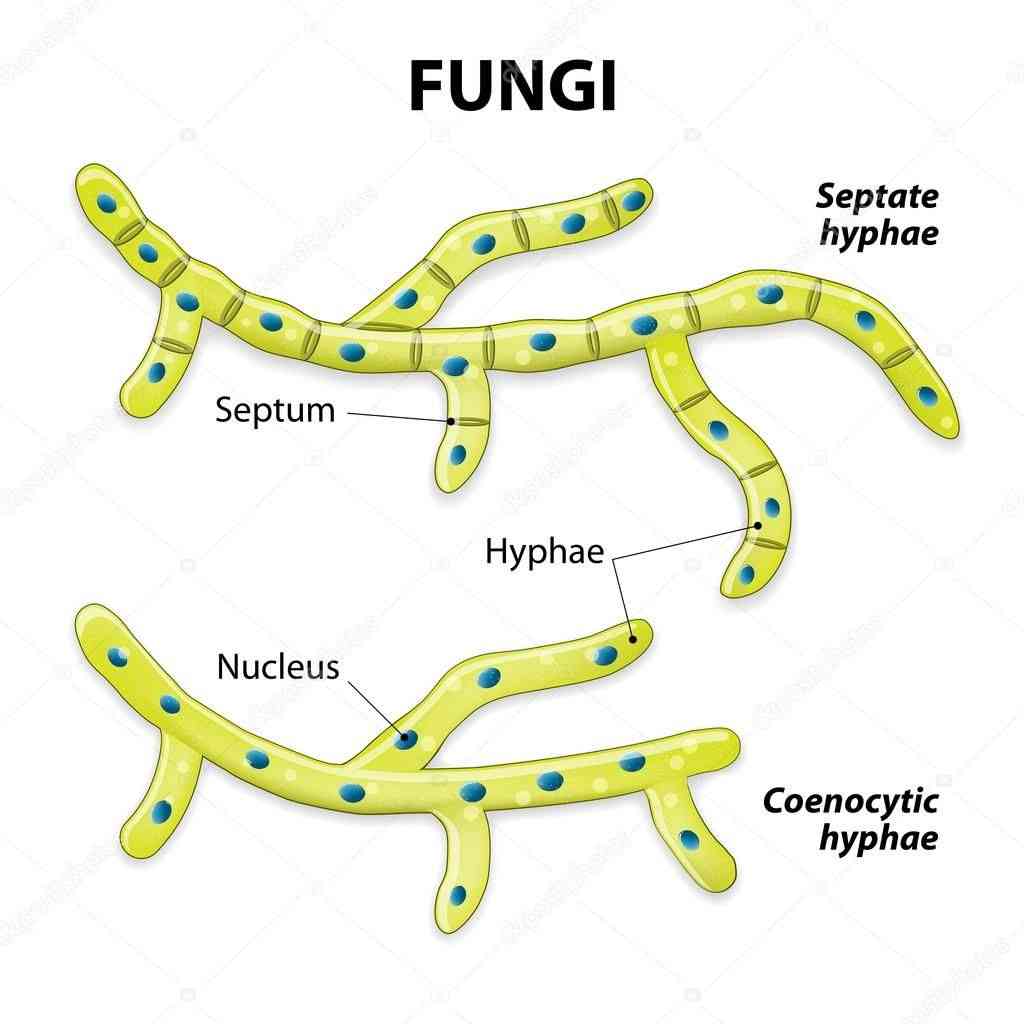
The cell wall is composed of chitin, whereas in plants, the cell wall is composed of cellulose. Mass of branching hyphae of a fungal body is called “mycelium.” Hyphae is so small that it is not observable for the naked eyes but mycelium is so big that we can see it with our bare eyes. Mycelium can grow on dead bodies, liquid mediums, living tissues, or even underground.
Many fungi exhibit vivid bright colors because of the presence of pigments residing in their cell wall. For example, Amanita muscaria (fly agaric) shows a bright red cap with small white dots.
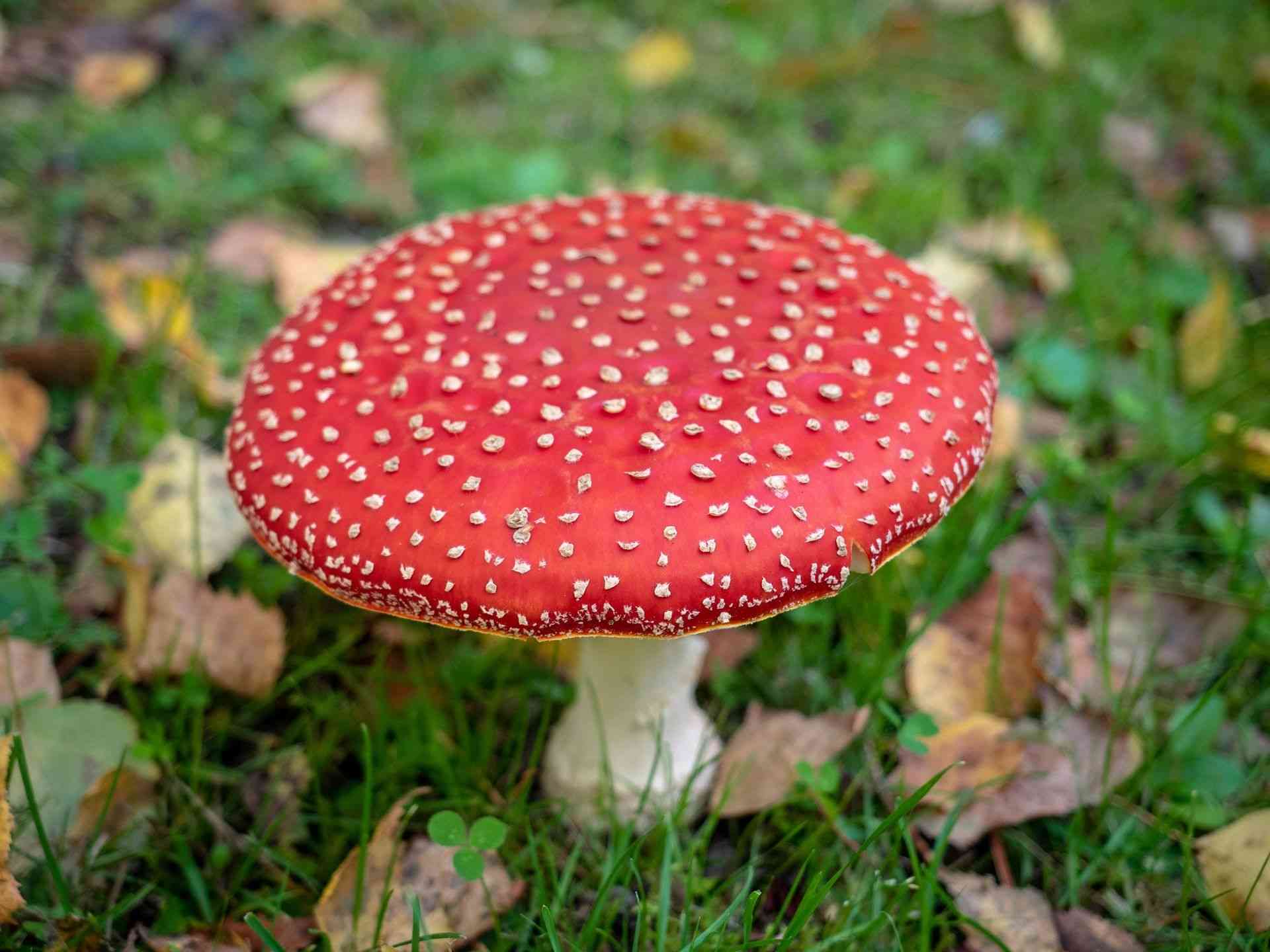
Even though the vegetative body of a fungus is either unicellular or multicellular, some funguses can switch from being unicellular to multicellular depending on the environmental condition. They are known as dimorphic fungi.
Habitat:
Fungi have a diverse habitat, from seawater to human skins, they can be found in harshest of conditions in nature. Some are found in aquatic environments while others are located on the forest floor, ocean bed, surface of wood and debris, etc. Fungi act as a decomposer in these environments and help recycle the dead organisms in nature.
Nutrition:
Fungi are not photosynthetic due to the absence of the photosynthetic cellular component, chloroplast. Thus, they have to depend on other organisms for carbon and energy. Usually, digestion precedes ingestion in the case of fungi whereas, in animals, it is the opposite. It is common to see a fungus creating a close association with other photosynthetic organisms.
Lichen is an example of a symbiotic association of fungi with unicellular algae. This is just one example; fungi can also establish a parasitic and pathogenic relationship with other organisms, which depreciates the host body while benefitting the invading fungus.
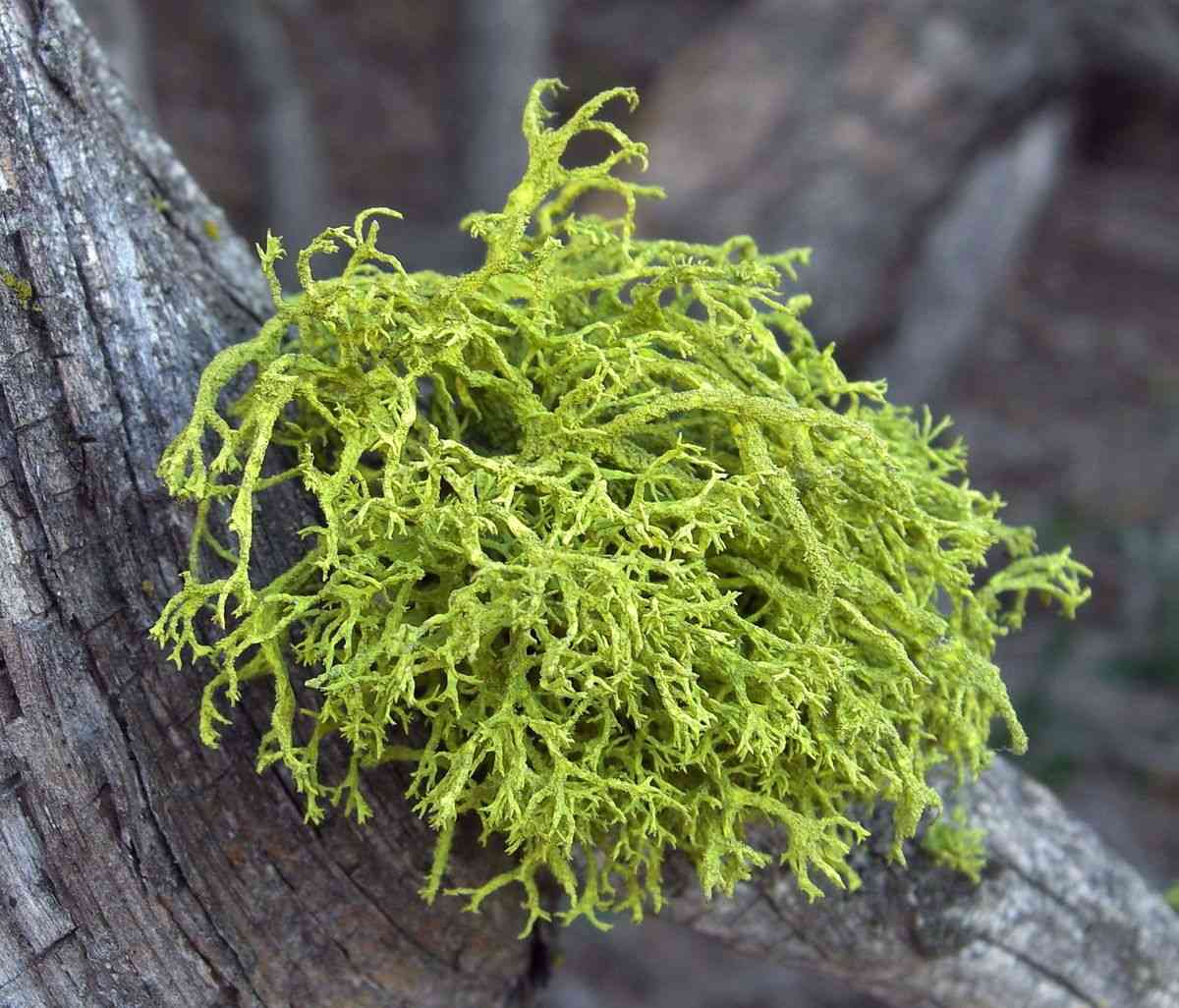
Reproduction:
Fungi may reproduce sexually or asexually. Some fungi can reproduce in either way. They are known as perfect fungi, while the ones that can reproduce in only one of the two ways are known as imperfect fungi.
Asexual reproduction:
Fungi can reproduce asexually by budding, producing spores or through fragmentation. Fragments of hyphae can make new colonies. Yeast cells form buds. During budding a knot forms on one side of the cell, the nucleus divides, and the bud ultimately disintegrates itself from the rest of the body.
A common way of asexual reproduction is through the development of asexual spores that are produced by one parent and are genetically identical to the parent strain.
Sexual Reproduction:
Sexual reproduction announces genetic variation into a fungi population. Sexual reproduction frequently transpires in response to hostile environmental conditions. During sexual reproduction, two different strains are produced, known as male and female strain. It is called homothallic or self-fertile if both strains are present in the same mycelium. Heterothallic mycelia involve two different, but companionable, mycelia to reproduce sexually.
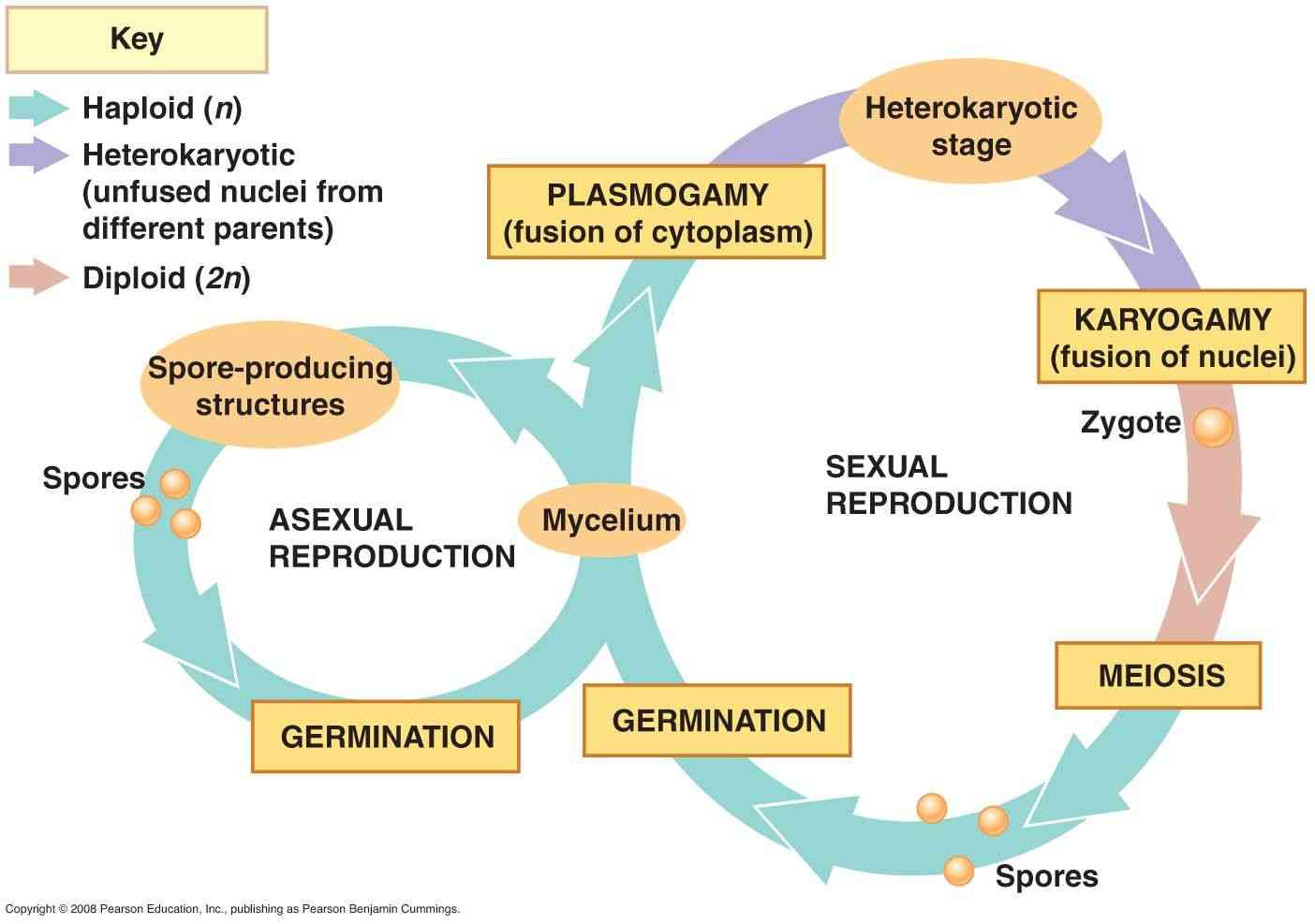
Importance of fungi:
In Ecology:
Fungi play a vital role in keeping the balance of ecosystems. Fungi act as natural decomposers. Without the presence of fungi, the food chain would be incomplete. Some essential elements, such as phosphorus and nitrogen, are required in a large amount in nature but are not present in that amount. Fungi decompose dead bodies which release these compound from dead organisms to nature. Also, fungi develop a symbiotic relationship with some organisms such as algae and help them grow.
In Medicine:
Many metabolites of fungi are of great importance in medicine. Fungi creates antibiotic that inhibits bacterial growth. The first-ever antibacterial agent and one of the most important inventions in the history of medicine, Penicillium, is extracted from fungi. Some other drugs derived from fungi include cyclosporine, which acts as an immunosuppressant and is widely used in organ transplants. Psilocybinis another notable compound that has been known for its hallucinogenic properties.
Fungi are also used as a model organism by researchers and genetic engineers.
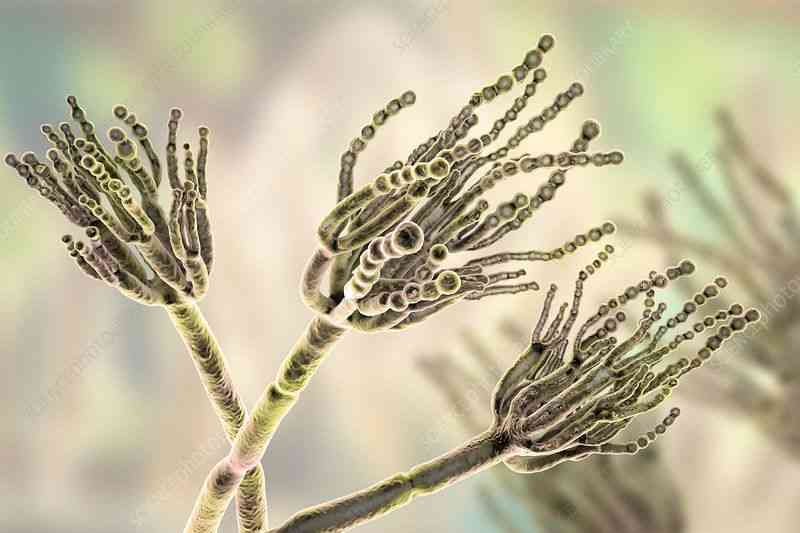
In Agriculture:
The mycorrhizal relationship between plant roots and fungi is crucial for the survival of plants. Most plants would not survive without this mutualistic relationship.
Fungi have also entered the human dietary chain. Shiitake Morels, Mushrooms etc funguses appear in many dishes. Also, yeast has been used to ferment sugars and produce beer and wine for centuries. It is also widely used in bread production in many parts of the world.
Fungi act as a pathogen to many animals thus can be used as natural insecticides. They can be used to control the pest population. Since they are host specific, humans and other organisms are immune to these fungi. Also, researchers are trying to use fungi as a microbial insecticide agent. Further research is in progress regarding this matter.
Disadvantages of Fungi:
Even though fungi has a lot of useful functions, it has some disadvantages too.
Degrading Essential Items:
Food molds can grow on foods and can render foods unhealthy. Food molds are visible with naked eyes and appear in threadlike appendages and spores that cling to it. These molds produce toxins, which makes the food poisonous.
Poisonous Mushrooms:
Certain Mushroom species are very poisonous and can even cause death if ingested.
Causing Disease:
Fungi can exhibit parasitic properties on human skin and cause itching and rashes. Ringworm is one such disease caused by several Tinea species of fungi which may affect several body parts, including head, trunk and extremities.
Also, fungi can cause disease on other organisms; for example, fungal infections of plants lead to a colossal loss in the agriculture industry every year.
Inhaling mushroom spores can induce hypersensitivity and allergy.
Want to learn more about allergy? Click here
Long term exposure may induce lung inflammation and chronic lung disease. Also, exposure to certain fungi may trigger asthma attacks.
Sources:
- Microbiology A Systems Approach by Marjorie Kelly Cowan & Heidi Smith
- Prescotts Microbiology by Joanne Willey, Linda Sherwood, Christopher J. Woolverton.
- Fungus. Retrieved from https://www.britannica.com/science/fungus on 06/26/2020
- Fungi. Retrieved from https://microbiologysociety.org/why-microbiology-matters/what-is-microbiology/fungi.html on 06/26/2020
- Fungi. Retrieved from https://biologydictionary.net/fungi/ on 06/26/2020
Subscribe to our newsletter to stay updated

